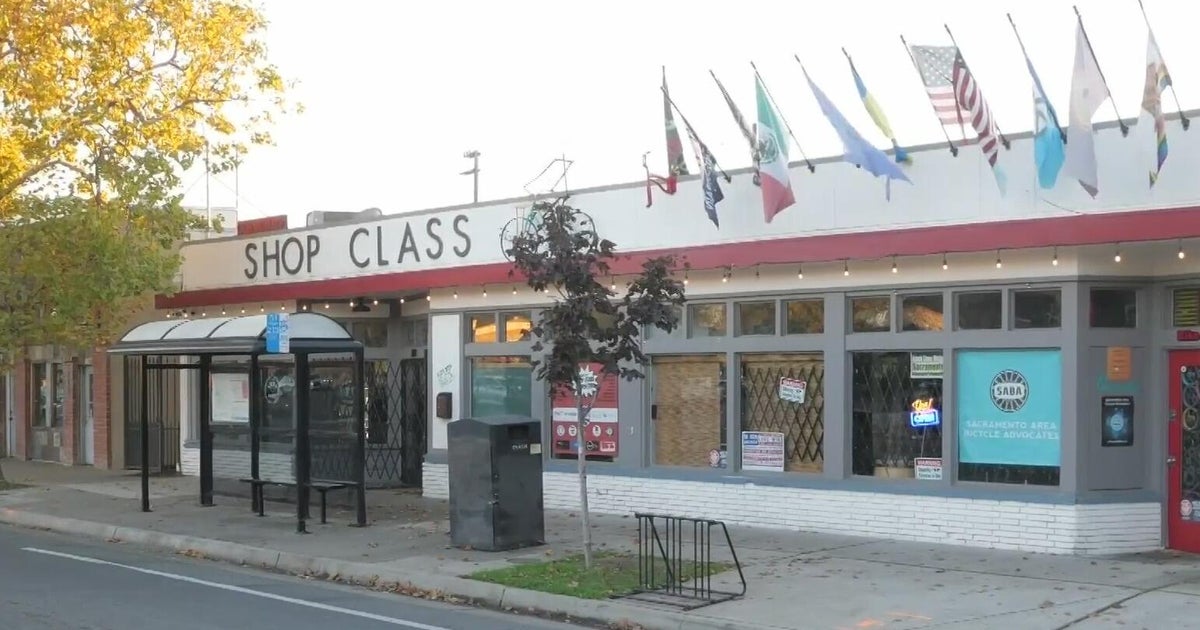MEXICALI — As holiday promotions ramp up across Mexico’s major online shopping events, the country’s digital marketplaces are facing unprecedented pressure on the logistics systems that keep purchases moving, according to Dr. Bertha Martínez Cisneros, coordinator of the logistics and international trade program at CETYS University in Mexicali.
Online shopping in Mexico reached 789 billion pesos in 2024, a 20% increase from the previous year, according to the Mexican Online Sales Association. Martínez said the rapid expansion reflects how deeply digital purchasing has become ingrained in daily life: eight in 10 internet users buy at least one product or service online each month.
Events such as Mexico’s El Buen Fin and America’s Black Friday and Cyber Monday now account for up to 40% of annual online sales traffic, she said, creating intense spikes in activity.
“More purchases mean more operations, more deliveries, and more pressure on logistics chains that must respond to high demand without compromising delivery times or service quality,” Martínez said.
She urged consumers to stay vigilant as they navigate seasonal discounts, offering guidance to help shoppers protect both their personal finances and digital security.
Key tips for online shoppers:
- Plan: Avoid impulse buying, compare prices early, and set priorities.
- Verify: Confirm the site’s legitimacy and review shipping and return policies.
- Protect: Use secure payment methods, avoid public Wi-Fi, and keep receipts. Choose platforms with strong reputations and reliable package tracking.
The busiest shopping weeks of the year also test companies’ ability to manage inventory, transportation routes, and returns. Delivery timelines can double, Martínez said, and last-mile costs can climb as much as 30%, particularly in congested cities or regions with limited infrastructure.
“The frenzy of discounts doesn’t just happen on screens—it happens in warehouses, distribution centers, and delivery trucks,” she said. “More purchases, more deliveries, more returns, and many challenges.”
Mexico’s logistics hurdles include improving delivery times, strengthening urban infrastructure, and enhancing connectivity between warehouses and final destinations—all while demand continues to outpace annual forecasts. Understanding these pressures, Martínez said, can help consumers make smarter decisions and reduce risks.
“A well-informed digital shopper plays an active role in the system,” she added. “These weeks don’t have to feel like a race against the clock. With organization and good judgment, they can be a chance to enjoy the season without chaos—and to recognize that logistics work best when we act with order and foresight.”








